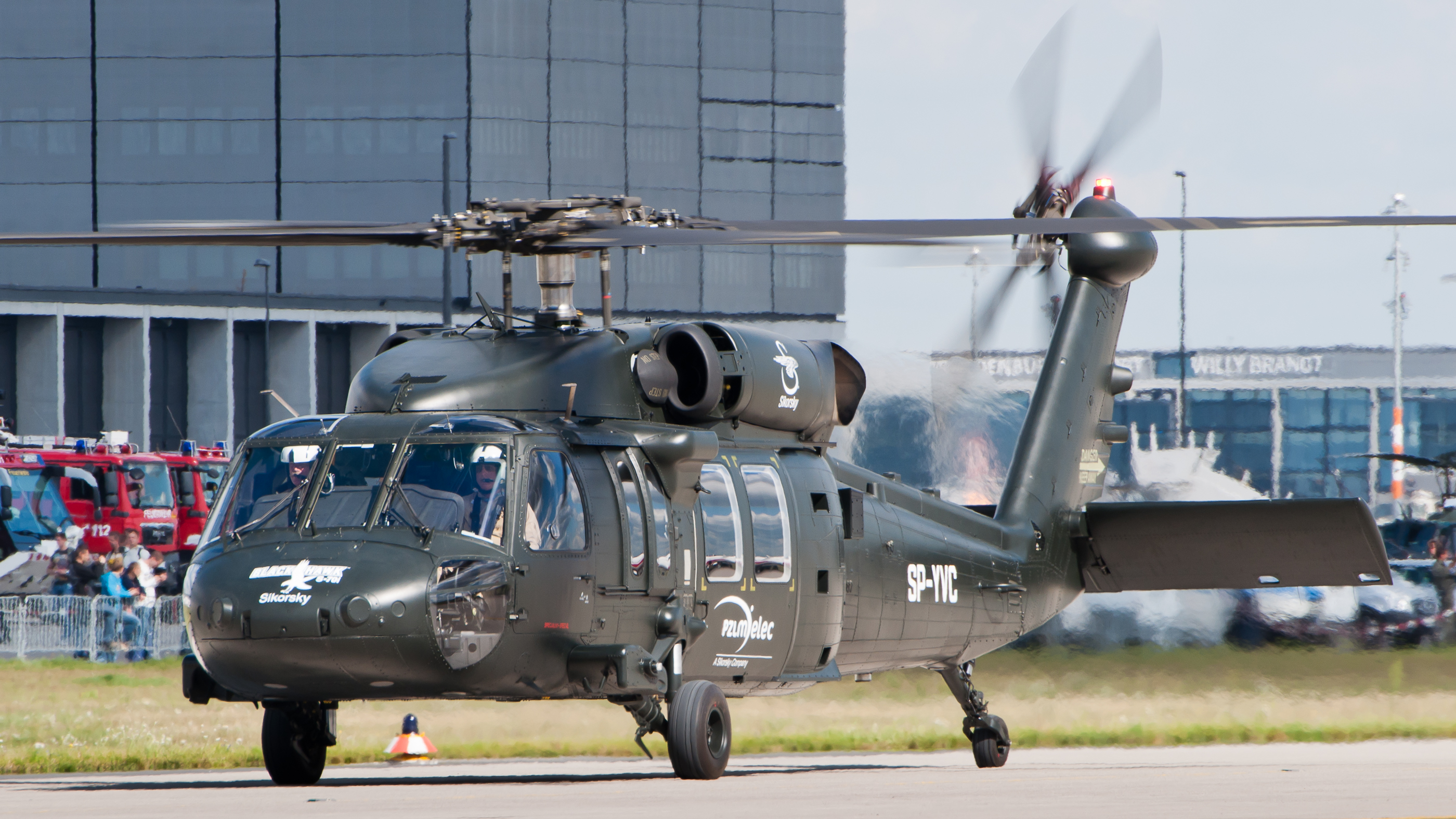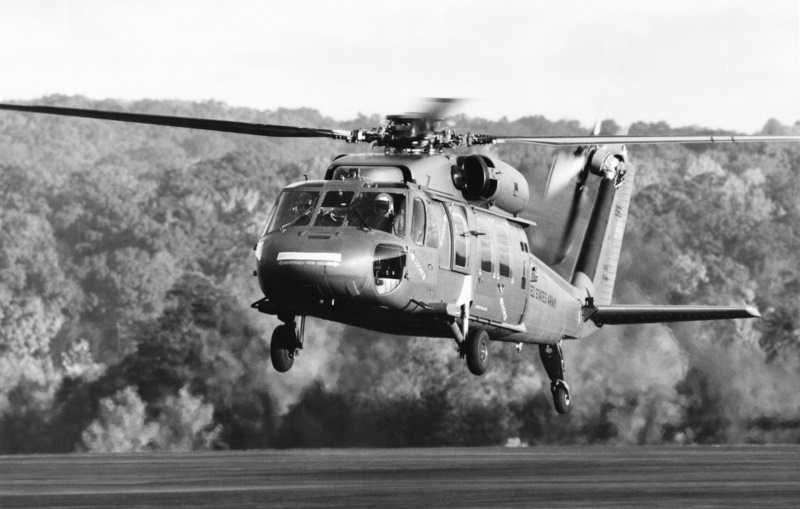Introducing the Sikorsky S 70: Developments and Advancements in Helicopter Design
Introducing the Sikorsky S 70: Developments and Advancements in Helicopter Design
Blog Article
Rotary-Wing Aircraft Offering Superior Toughness and Precision Design
In the world of air travel, rotary-wing airplane have actually long been acknowledged for their unique capacities in different functional atmospheres. From armed forces objectives to private applications, the development of rotary-wing modern technology has actually led the way for machines that provide unmatched toughness and precision engineering. Via improvements in materials and building methods, paired with innovative trip control systems, these aircraft have come to be vital devices for tasks that demand both toughness and precision. As we explore the complex balance between development and dependability in rotary-wing aircraft, it ends up being obvious that the convergence of sophisticated technology and proven design concepts has actually set a new requirement for efficiency and efficiency in the aerospace market.
Development of Rotary-Wing Modern Technology
Throughout the history of aeronautics, the development of rotary-wing innovation has been a testimony to continuous technology and advancement in aeronautical design. From the early days of vertical flight with rudimentary layouts to the advanced helicopters and other rotary-wing aircraft of today, the progress in this area has actually been remarkable.
In the very early 1900s, pioneers like Igor Sikorsky and Juan de la Cierva made substantial strides in rotary-wing technology. Sikorsky's VS-300 helicopter, first flown in 1939, noted a zero hour in the growth of practical rotary-wing aircraft. This success led the method for more improvements in vertical flight capabilities.

Today, rotary-wing aircraft play important duties in various fields, including army procedures, emergency situation clinical solutions, police, and business transport. The evolution of rotary-wing technology proceeds to press the limits of what is possible in vertical trip, making sure that these airplane stay important properties in the aeronautics industry.
Products and Building And Construction Innovations
Showing a fusion of advanced products and specific building and construction strategies, rotary-wing airplane have actually undertaken significant innovations in durability and efficiency. One of the key developments in materials used for rotary-wing airplane is the enhancing use of composite products. These materials, such as carbon fiber enhanced polymers, provide a high strength-to-weight ratio, boosting both the architectural stability and general efficiency of the airplane. Furthermore, innovations in manufacturing procedures have actually allowed for more complex and accurate construction of rotary-wing components, adding to improved the rules of aerodynamics and performance.
Furthermore, the integration of innovative layers and surface therapies has played a critical function in enhancing the longevity of rotary-wing airplane. These coverings provide protection against rust, abrasion, and extreme climate condition, expanding the life-span of the aircraft and reducing maintenance needs.
In terms of building and construction technologies, additive manufacturing, likewise referred to as 3D printing, has reinvented the production of complicated parts for rotary-wing aircraft. This modern technology enables fast prototyping and modification, leading to much faster advancement cycles and lowered expenses. Generally, the continuous advancement of products and building and construction techniques is driving the capacities and efficiency of rotary-wing aircraft to brand-new elevations.
Accuracy Flight Control Solution

The assimilation of GPS modern technology even more enhances the precision and dependability of these systems, permitting for accurate navigating, waypoint tracking, and automated trip control. sikorsky s 70. This level of accuracy not just improves the safety and security of rotary-wing procedures but also improves overall operational effectiveness and objective efficiency
Moreover, the continual developments in expert system and artificial intelligence have actually assisted in the growth of self-governing trip abilities within Precision Trip Control Equipment. This enables rotary-wing airplane to carry out intricate missions with exceptional precision and consistency, making them indispensable properties in a variety of applications, including armed forces operations, search and rescue goals, and aerial photography.
Sturdiness in Testing Settings
In demanding functional setups, rotary-wing aircraft demonstrate phenomenal durability and effectiveness, guaranteeing optimum performance under challenging environmental problems. These airplanes are designed to endure a large array of ecological elements, including severe temperatures, high winds, and rough surface, making them well-suited look at this site for various missions in varied landscapes.
One key element contributing to the longevity of rotary-wing airplane is their rugged building. These aircraft are built making use of top notch products and progressed design strategies to boost their architectural stability and dependability. Additionally, components such as rotor blades, engine systems, and landing equipment are thoroughly developed to hold up against the stress and anxieties and stress come across during operations in tough atmospheres.
Additionally, rotary-wing airplane are equipped with advanced onboard systems that keep track of efficiency metrics in real-time, allowing for positive upkeep and early discovery of prospective concerns - sikorsky s 70. This aggressive method aids avoid unanticipated failures and makes sure the continued airworthiness of the aircraft sought after operational setups. Overall, the resilience of rotary-wing airplane in tough settings is a testament to their premium design and layout, making them important possessions for various mission-critical operations
Upkeep and Integrity Specifications
The adherence to strict upkeep and reliability standards is paramount in guaranteeing the ideal efficiency and safety of rotary-wing aircraft. Normal upkeep checks, performed by licensed technicians, are vital to recognize and deal with any kind of prospective problems before they compromise the airplane's performance. These checks encompass a detailed exam of all essential components, consisting of the engine, blades system, avionics, and hydraulic systems, to guarantee that they are in prime functioning condition.
In addition, adherence to set up upkeep intervals in accordance with maker guidelines is important for upholding the aircraft's dependability. This proactive approach helps protect against unanticipated break downs and makes certain that the aircraft remains airworthy for its intended missions. Additionally, the execution of durable integrity standards, such as routine component testing and substitute based upon fixed lifecycles, further boosts the airplane's reliability.
Final Thought

Finally, the innovations in rotary-wing airplane modern technology have resulted in exceptional sturdiness and accuracy engineering. With ingenious materials and building and construction techniques, along with precision flight control systems, these aircraft can operate in tough settings with boosted dependability. The maintenance and reliability criteria make certain that these rotary-wing airplane proceed my latest blog post to carry out at their finest, making them necessary properties for numerous sectors.
Demonstrating a fusion of advanced materials and accurate construction methods, rotary-wing aircraft have actually undertaken considerable advancements in longevity and efficiency. One of the crucial developments in materials used for rotary-wing airplane is the boosting application right here of composite products.With precise focus to information and progressed technological assimilation, rotary-wing airplane have welcomed Precision Trip Control Solution as a cornerstone of their functional quality. Overall, the sturdiness of rotary-wing airplane in challenging environments is a testimony to their premium design and design, making them crucial properties for numerous mission-critical procedures.
In conclusion, the improvements in rotary-wing airplane technology have actually led to exceptional toughness and precision engineering.
Report this page